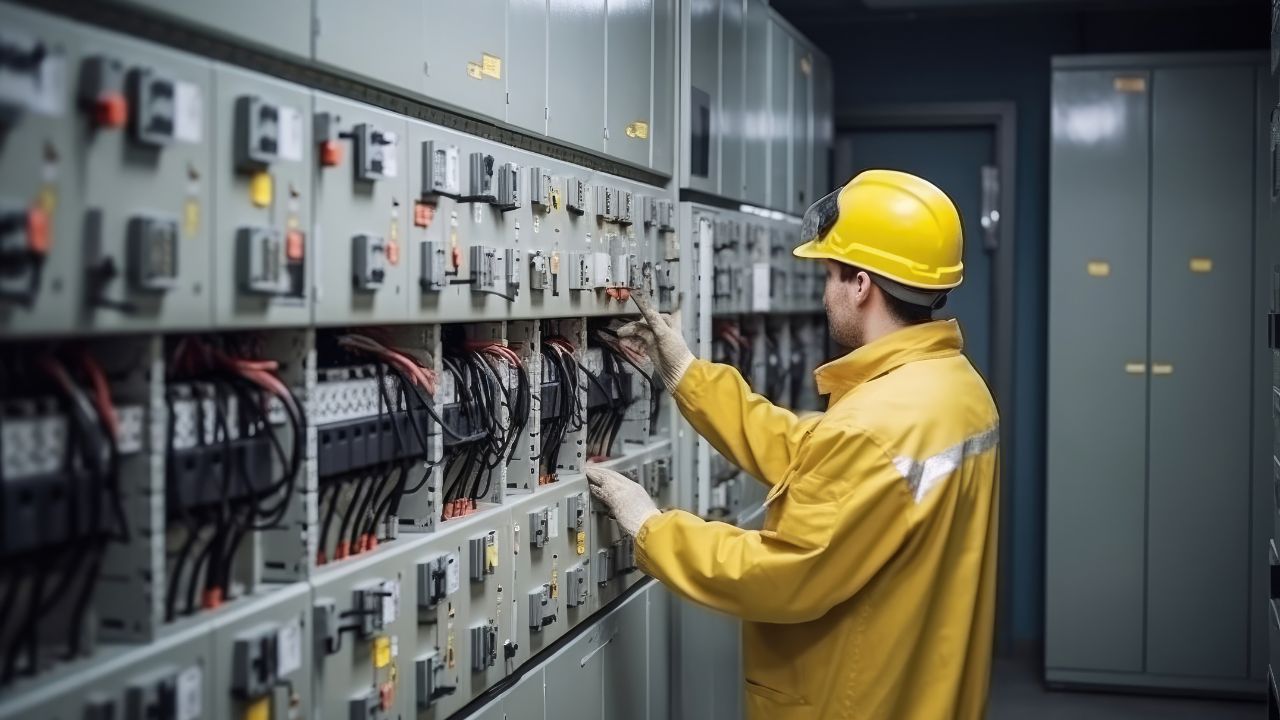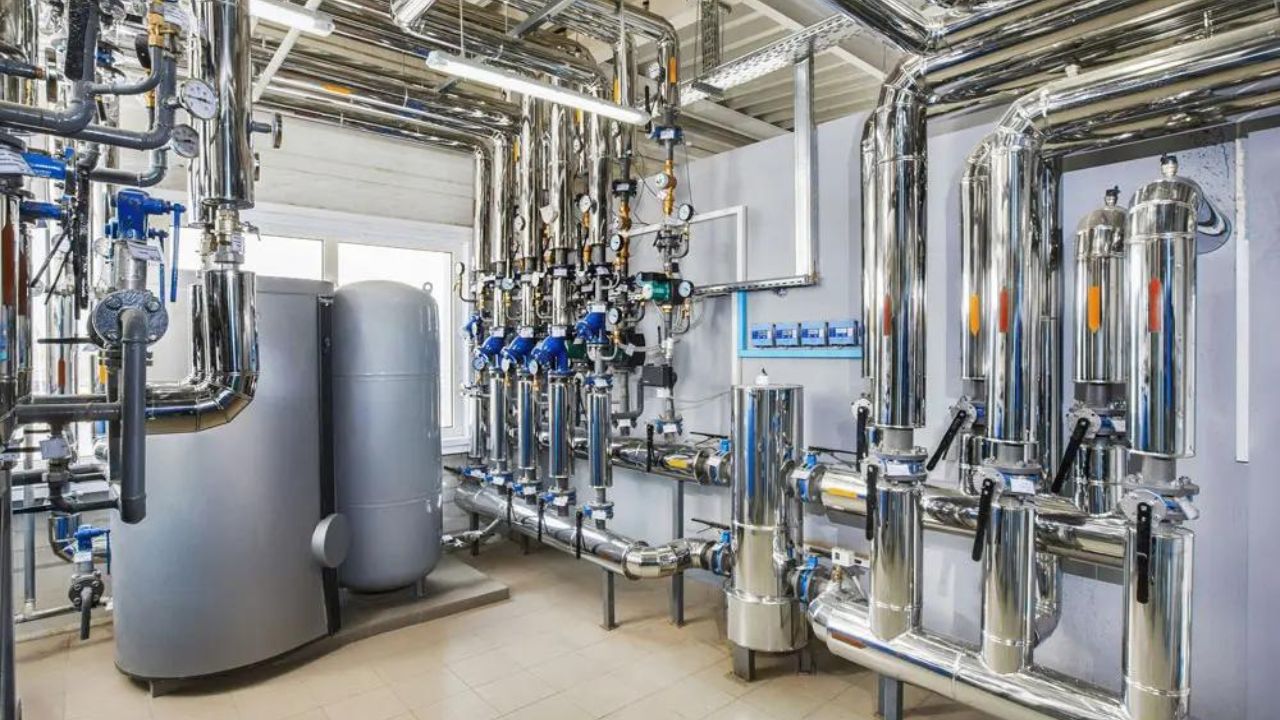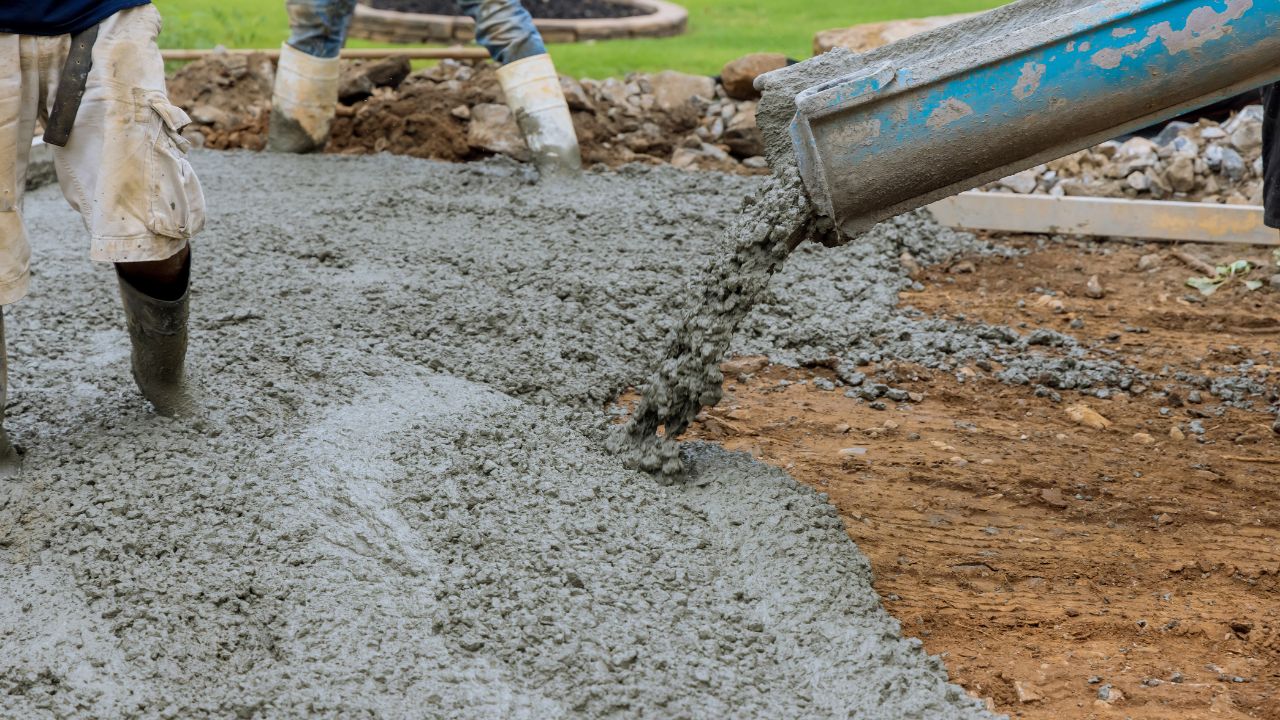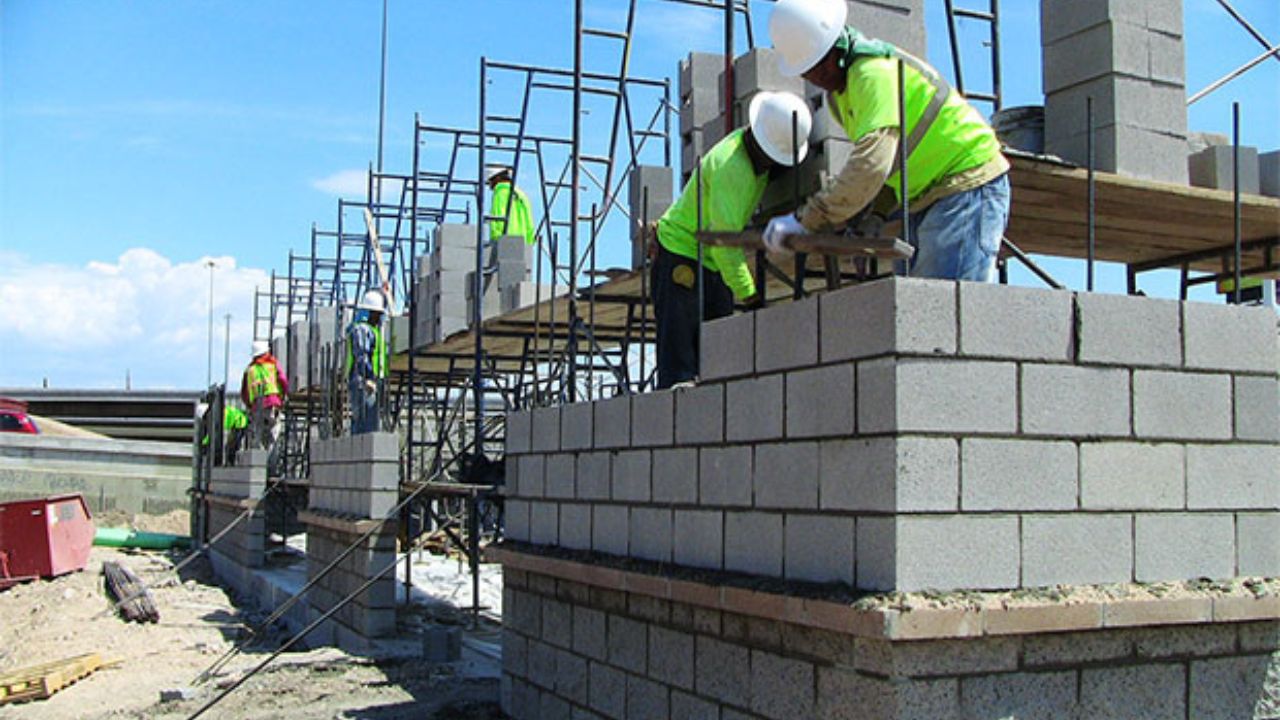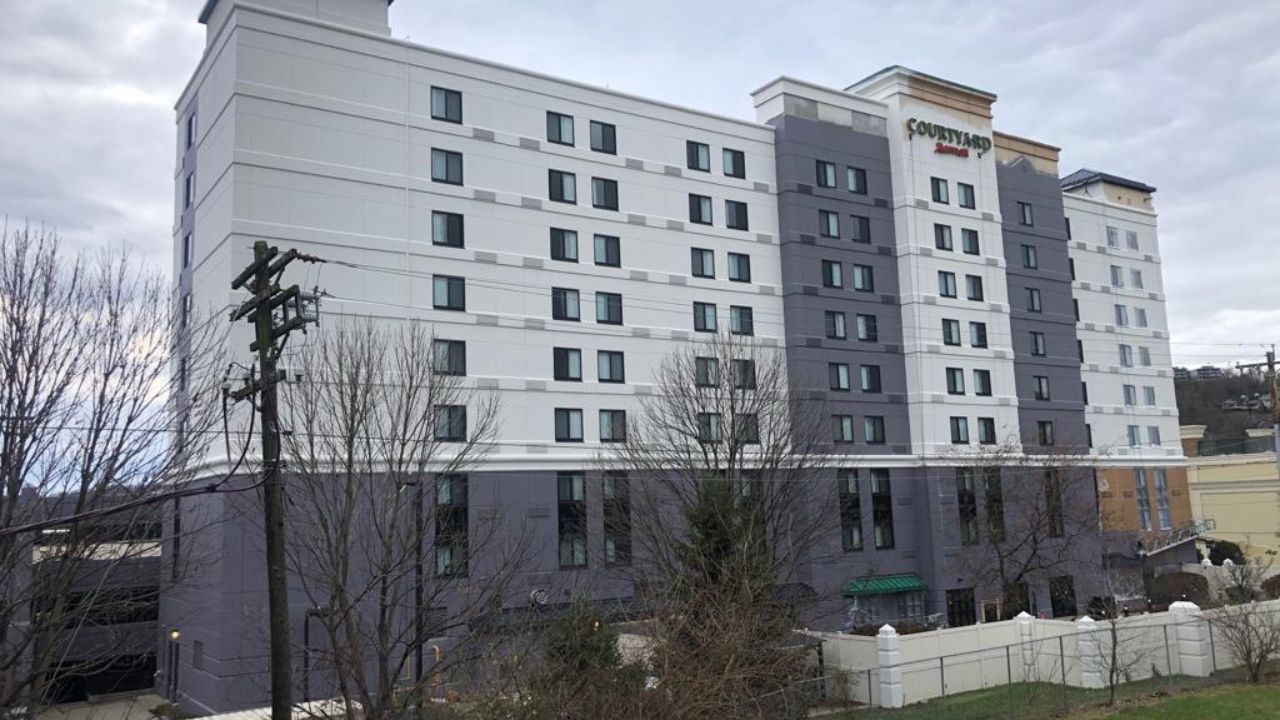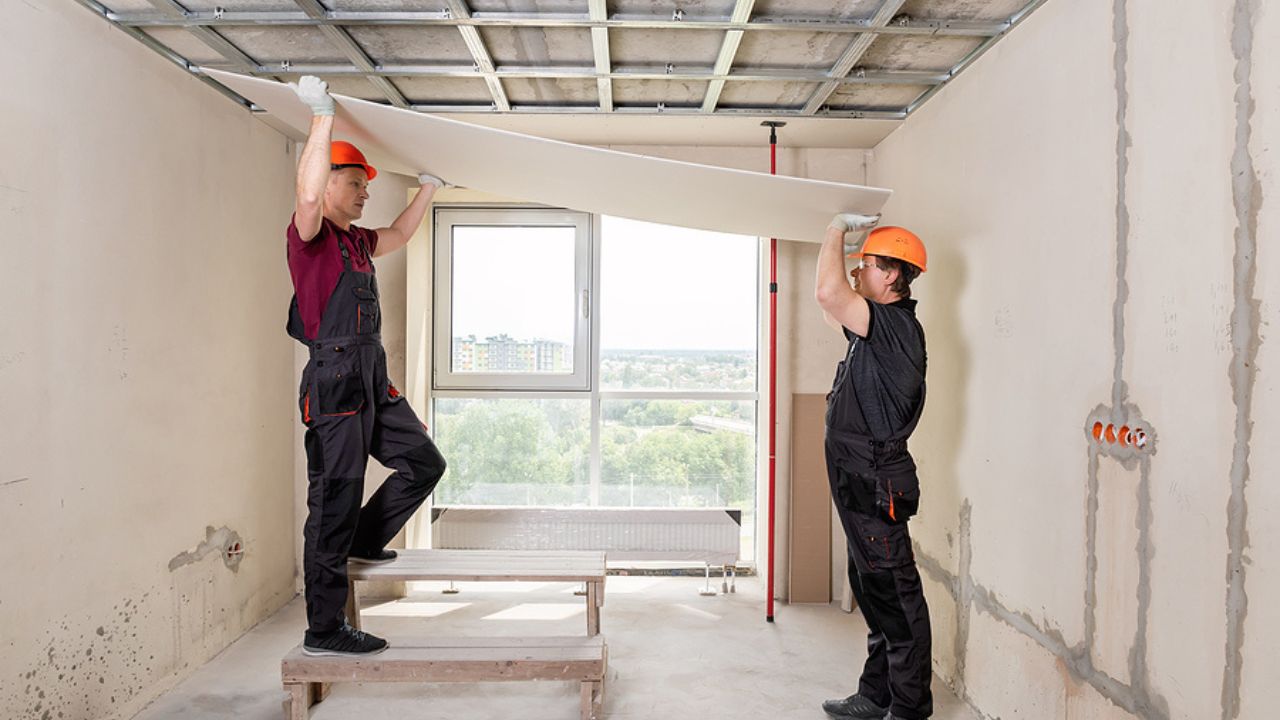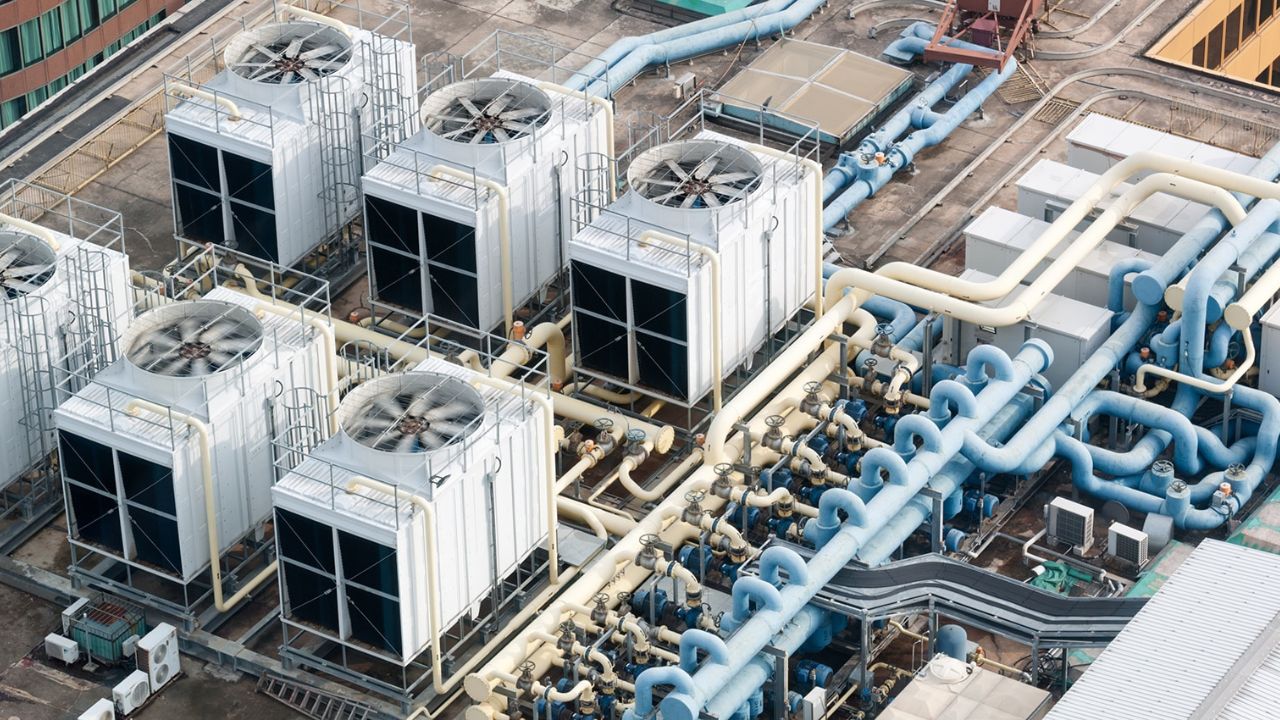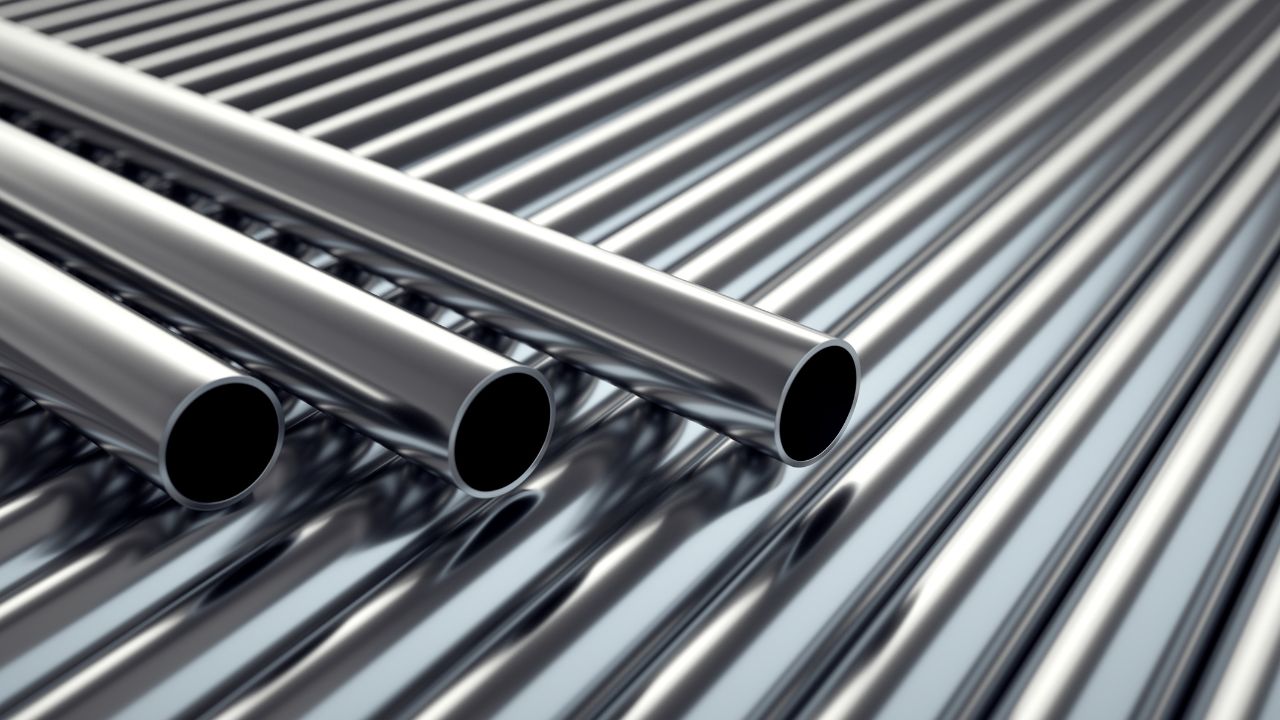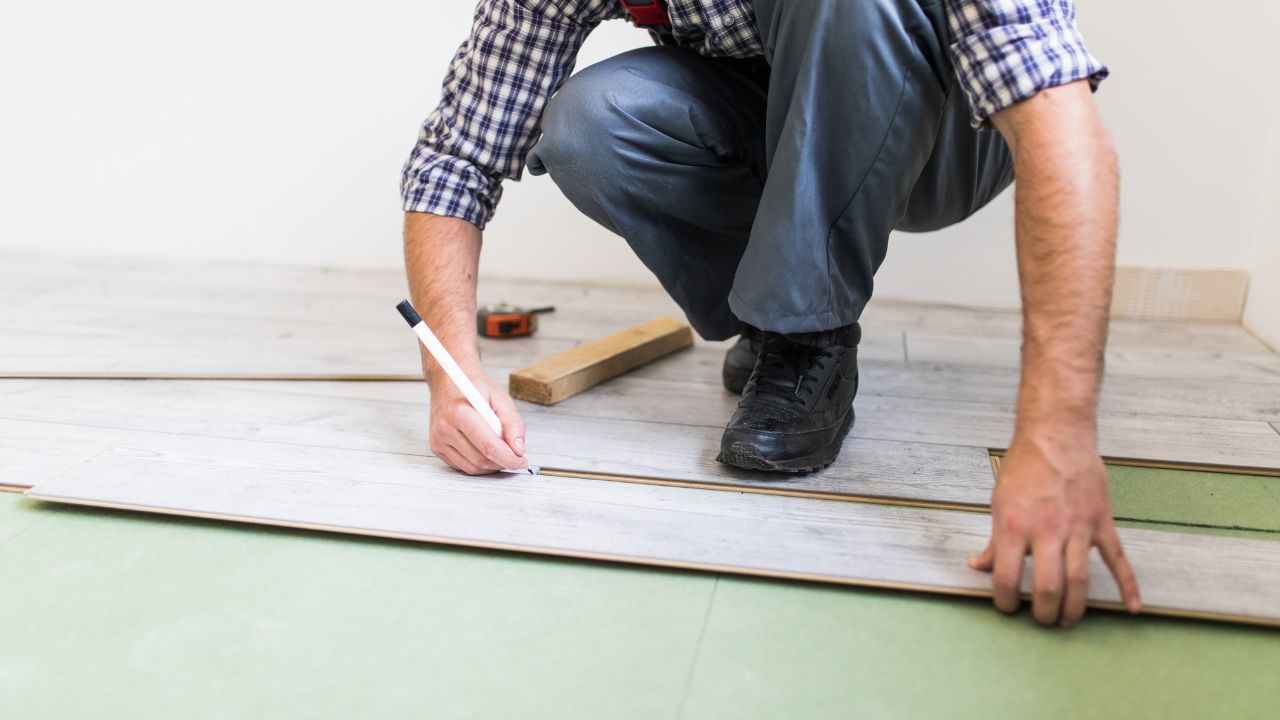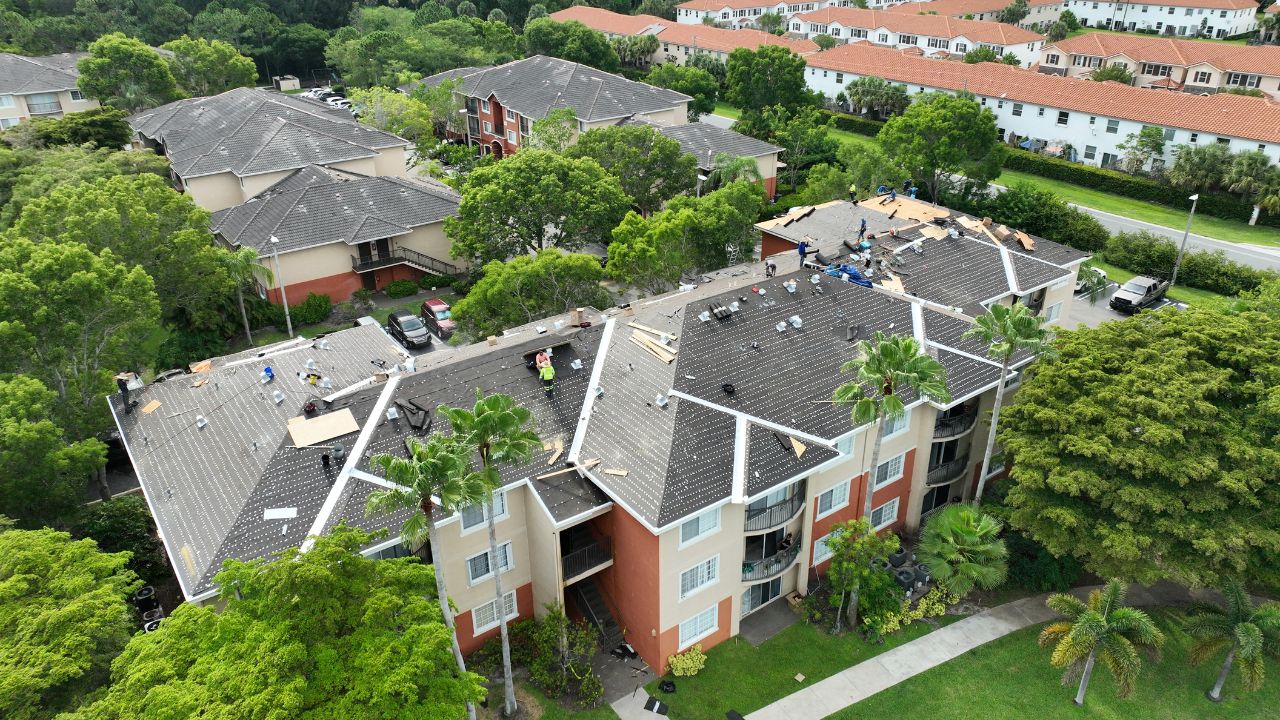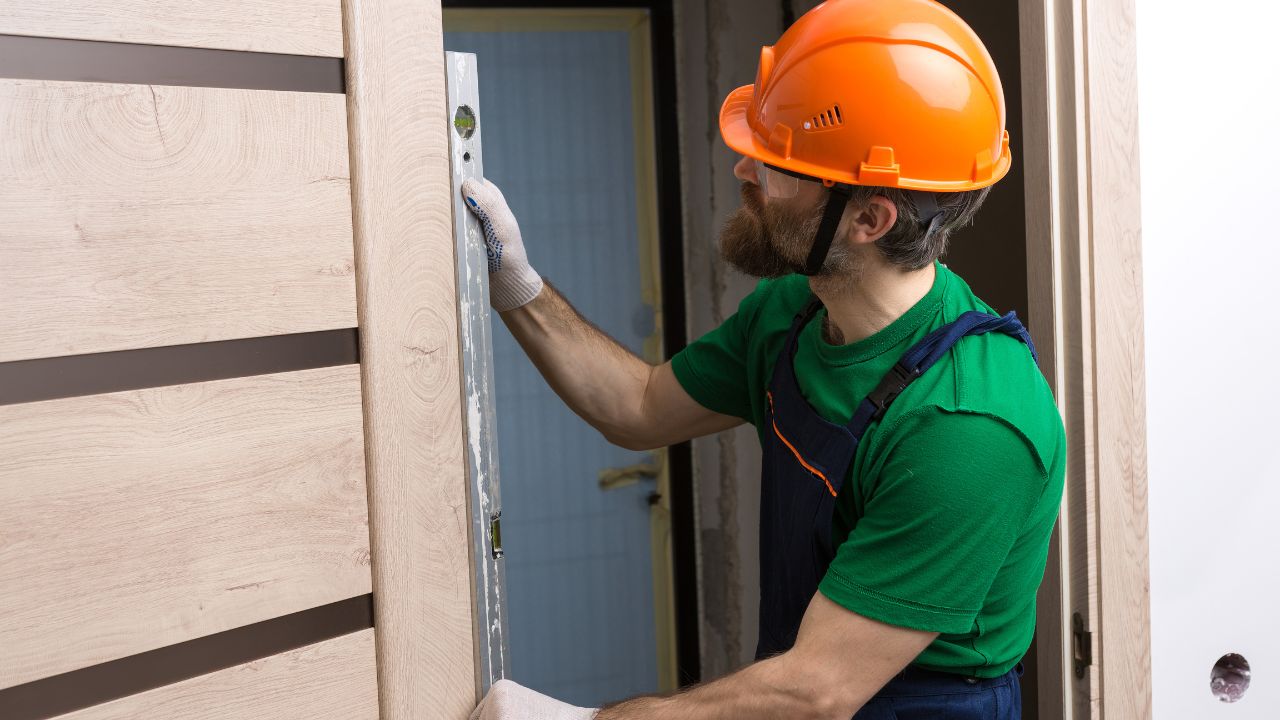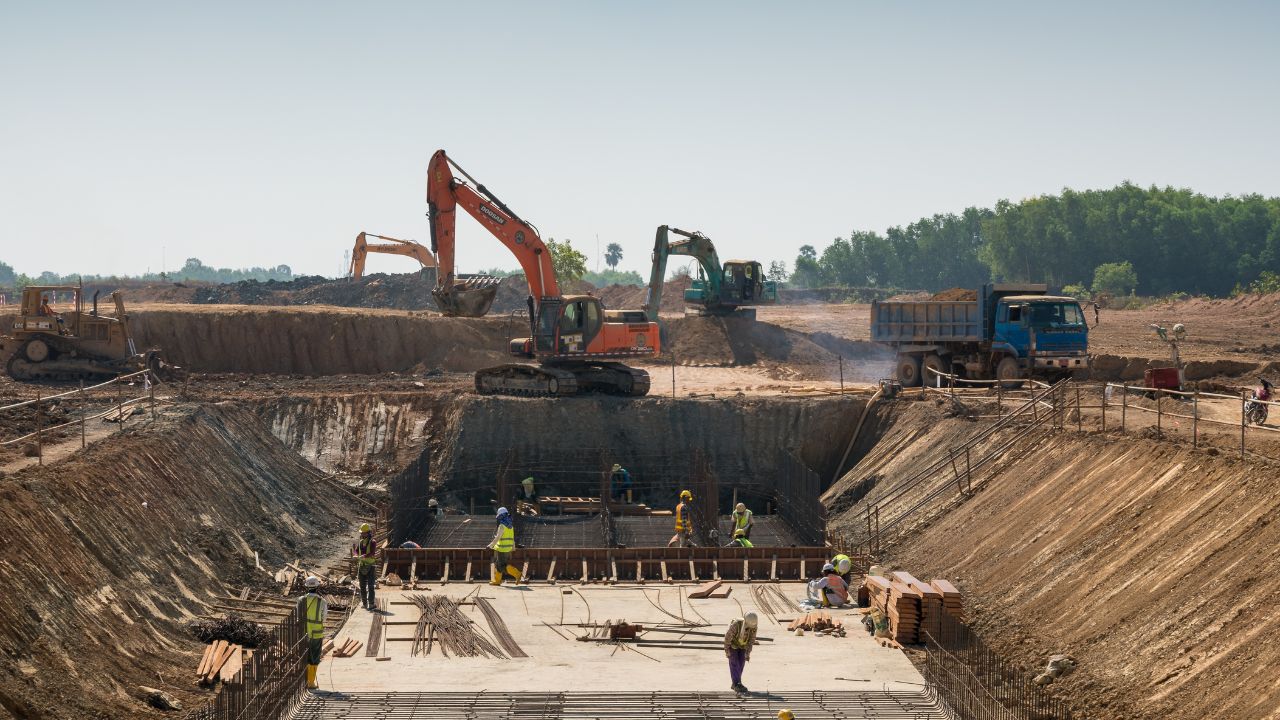- Homepage
- Cost to Build a Condo
How Much Does it Cost to Build a Condo?
Leading provider of condo construction services
Condominiums offer a unique blend of homeownership and shared amenities, bridging the gap between owning a single-family home and residing in a larger building. In a condominium, individual units are privately owned while common areas such as exteriors and hallways are shared among residents, with associated costs divided accordingly. With the increasing demand for affordable housing, condominium developments have emerged as an attractive option, offering affordability in both purchase and maintenance compared to traditional single-family homes. This trend addresses the pressing housing crisis while expanding housing options for individuals seeking diverse living arrangements.
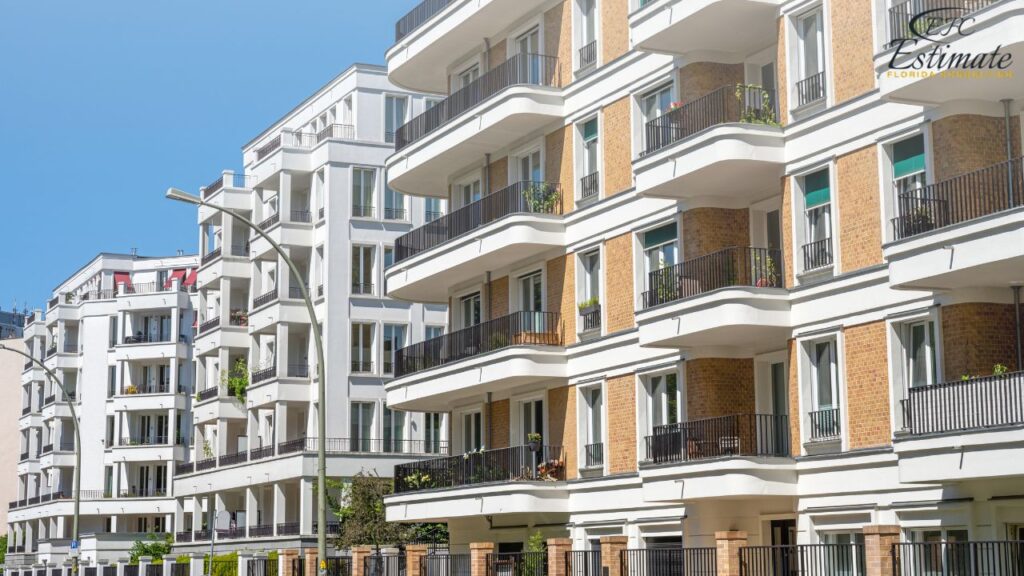
Similar to apartment buildings, condominiums come in various sizes and configurations, each accompanied by its own cost considerations. The national average cost range for constructing a condominium building falls between $1.65 and $4.95 million. For instance, a typical mid-range 20-unit building with shared amenities and a communal lobby averages around $3.3 million. On the lower end, a 2-unit condo home in a suburban setting may cost as little as $495,000. Conversely, an upscale condominium complex boasting 100 units and luxurious shared amenities in a burgeoning urban area could command as much as $19.8 million in construction costs. To get precise budgeting for your project, use a condominium cost estimator for detailed breakdowns.
Construction Costs for Condominium Buildings
Description | Cost |
National average | $3,300,000 |
Average range | $1,650,000 – $4,950,000 |
Low-end | $495,000 |
High-end | $19,800,000 |
The cost of condo construction per square foot can vary significantly based on various factors. Location plays a crucial role, with urban areas typically commanding higher prices compared to suburban locales. Additionally, factors such as unit type, amenities offered, and building design influence construction costs. As a result, the cost range per square foot typically falls between $198 and $440. It’s important to note that these costs pertain solely to construction and do not include expenses related to land acquisition, parking facilities, or other soft costs associated with listing and selling the completed units. Furthermore, these costs apply to the construction of the entire building and not individual units. Within each building, costs per square foot may vary, with units potentially having higher costs compared to shared areas, contributing to a diverse range of costs within the development.
Condo Construction Costs per Square Foot
The cost of condo construction per square foot can vary significantly based on various factors. Location plays a crucial role, with urban areas typically commanding higher prices compared to suburban locales. Additionally, factors such as unit type, amenities offered, and building design influence construction costs. As a result, the cost range per square foot typically falls between $198 and $440. It’s important to note that these costs pertain solely to construction and do not include expenses related to land acquisition, parking facilities, or other soft costs associated with listing and selling the completed units. Furthermore, these costs apply to the construction of the entire building and not individual units. Within each building, costs per square foot may vary, with units potentially having higher costs compared to shared areas, contributing to a diverse range of costs within the development.
While construction costs for new condos range from $198 to $440 per square foot, replacing or renovating an existing unit can vary similarly. For a comprehensive guide on rebuilding expenses, check our Condo Replacement Cost Per Square Foot to plan for potential repairs or full reconstructions in Florida’s unique market.
Cost per Unit of Condo Construction
Similar to apartments and other multi-family residences, condos are often evaluated based on a per-unit or square-foot basis. This method facilitates comparisons between buildings of different sizes, such as a 10-unit structure versus one with 20 or 100 units, as square footage varies depending on unit size and building dimensions. The average cost range for constructing condo buildings now stands at $123,200 to $247,500 per unit.
While lower-end condos entail lower construction costs, higher-end developments tend to incur greater expenses, though most fall within this price range.
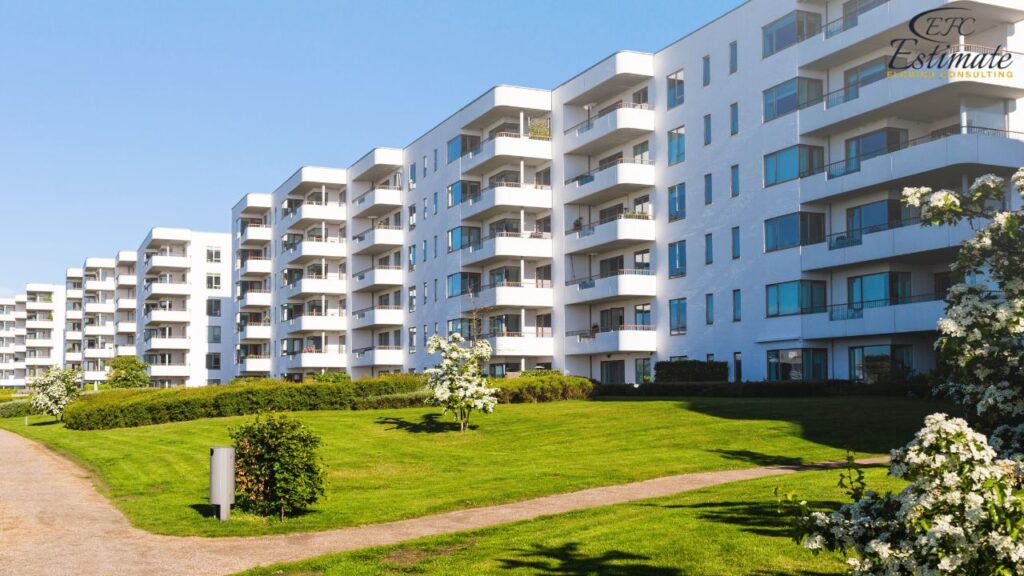
Number of Units | Costs |
2 Units | $271,040 – $544,500 |
10 Units | $1,355,200 – $2,722,500 |
20 Units | $2,710,400 – $5,445,000 |
50 Units | $6,776,000 – $13,612,500 |
100 Units | $13,552,000 – $27,225,000 |
200 Units | $27,104,000 – $54,450,000 |
Different types of Condo Buildings
Similar to other multi-family dwellings, condo buildings come in various types. They range from small detached units to towering high-rises, especially common in urban areas, boasting over 200 units and luxurious amenities. Naturally, larger condo buildings incur higher construction costs. Just as square footage costs vary, shared spaces often have different cost considerations compared to individual units. Most costs represent averages for the entire building, factoring in amenities and the total number of units. The average cost varies depending on the condo building type, primarily due to the varying number of units. Typically, detached condos are the smallest and most affordable to construct, while high-rises tend to be the largest and most expensive.
Type of Condo | Number of Units | Costs |
Detached | 1 | $123,200 – $247,500 |
Low-Rise | 5 – 50 | $616,000 – $12,375,000 |
Mid-Rise | 50 – 200 | $6,160,000 – $49,500,000 |
High-Rise | 200+ | $24,640,000 – $82,500,000 |
Detached Condo Living
Constructing a detached condo, uniquely separate from neighboring units, typically ranges from $123,200 to $247,500. These standalone units, usually part of a small cluster governed by a single condo association, offer individual ownership with distinct exterior responsibilities. Typically modest in size, measuring under 1,000 sq.ft., they come with maintenance duties and exterior appearance guidelines set by the condo association. Residents enjoy the privacy of detached living while benefiting from shared amenities or landscaping services provided by the association, which may include communal green spaces or recreational facilities. However, being responsible for the entirety of their unit’s upkeep, including exterior maintenance and landscaping, is a significant consideration for potential buyers.
Get High-Quality 3D Rendering Today!
Transform your space with stunning 3D rendering that blends style, comfort, and functionality.
We Specialize in Both Residential and Commercial 3D Rendering Projects.
- Luxury Villas
- Apartment Complexes
- Modular Kitchens
- Bathrooms
- Office Buildings
- Shopping Malls
- Hospitals
- Hotels & Resorts
Low-Rise Condo Living
The cost of erecting a low-rise condo, housing between 5 and 50 units across up to five floors, averages $616,000 to $12.38 million. These structures, often found in suburban locales, boast shared amenities like lobbies, fitness centers, and pools, thereby fostering a sense of community within the building or adjacent to it. Low-rise condos provide a balance between the privacy of detached living and the convenience of communal amenities. Additionally, their lower height compared to mid or high-rise counterparts may offer easier access and reduced maintenance costs. However, limited vertical space may restrict the availability of certain amenities or views compared to taller buildings.
Mid-Rise Condo Living
Embarking on a mid-rise condo construction, accommodating 50 to 200 units, incurs costs ranging from $6.16 to $49.5 million. These buildings, commonly offering shared amenities like fitness centers and pools, are prevalent in both urban and suburban settings. It’s not uncommon for multiple mid-rise buildings to be clustered together, accompanied by a separate structure dedicated to communal amenities. Mid-rise condos offer a middle ground between the intimacy of low-rise living and the grandeur of high-rise structures. With a moderate height, they provide a sense of community while still allowing for a manageable scale in terms of maintenance and accessibility. Their popularity stems from their ability to offer a diverse range of amenities and living spaces without the overwhelming scale of larger developments.
High-Rise Condo Living
The endeavor to construct a high-rise condo, featuring over 200 units, commands an investment of $27.1 to $82.5 million. As the epitome of luxury living, these towering structures, often located in bustling urban areas, boast extravagant features and numerous shared amenities, such as parking garages and upscale communal spaces. High-rise condos offer unparalleled views and prestige, making them desirable for affluent buyers seeking an exclusive lifestyle. However, their construction costs and associated maintenance fees are significantly higher than other condo types, and they may require additional security measures and logistical considerations due to their size and density.
High-rise condos in urban hubs like Miami, costing $27.1 to $82.5 million, epitomize luxury living. For a focused look at building in this vibrant market, explore our guide on Luxury Condo Construction in Miami, detailing costs and considerations for premium developments.
New Condo Unit Construction Cost Breakdown
Constructing a new condo unit entails a detailed cost breakdown akin to apartment building construction. Expenses escalate in tandem with the building’s size and the quality of materials utilized. Luxury developments command higher expenditures compared to mid-range or basic constructions, and high-rise edifices housing 200 units incur greater costs than simple 2-condo structures.
Irrespective of the number of units, all condo buildings entail foundational costs encompassing the foundation, walls, and roof. Depending on unit specifications, materials like wood or masonry may impact costs.
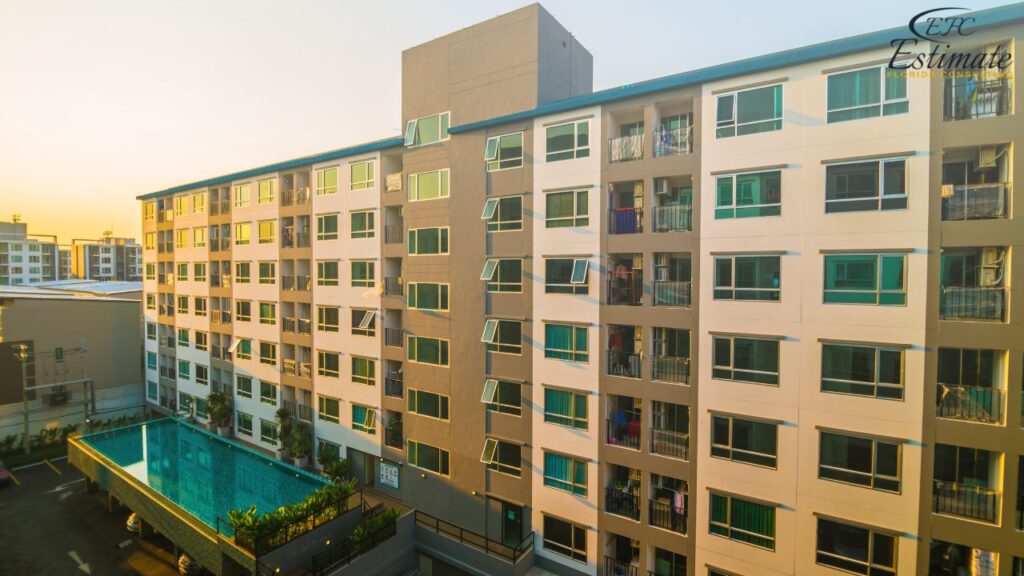
Comprehensive electrical wiring and plumbing installations are requisite for the entire building, extending to each individual unit. Each unit incurs distinct expenses for bathroom fixtures, kitchen fittings, and HVAC systems. Flooring and interior finishes are essential components both within individual units and communal spaces. Costs for windows and doors, present in each unit and shared areas, contribute to overall expenditures, with greater quantities translating to higher costs. This variation underscores the nuanced nature of cost breakdowns within condo buildings.
However, cost extrapolation across units is challenging due to their incorporation within a larger structure. Expenses associated with professionals such as architects, general contractors, and structural engineers are additional to the total project cost. Although their fees typically commence at 8% of the total, they are additive rather than inclusive, augmenting the final costs. The subsequent breakdown illustrates the average distribution of expenses across the project.
Project Breakdown | Percent of Project Cost |
Floor Finish | 4% |
Interior Features | 4% |
Bath Detail | 4% |
Windows and Doors | 5% |
Interior Finish | 8% |
Kitchen | 8% |
Foundation | 9% |
Electrical | 10% |
Roof and Cover | 10% |
Plumbing | 12% |
Floor Structure | 12% |
Walls and Exterior Finish | 14% |
Architect Fees | 9% of the total cost (additional) |
Structural Engineer Fees | 1.5% of the total cost (additional) |
Contractor or Builder Cost | 25% of the total cost (additional) |
Understanding the cost distribution for condo construction is key to budgeting. Our detailed Condo Construction Cost Breakdown dives deeper into expenses like foundation (9%), electrical (10%), and plumbing (12%), helping developers and owners plan with precision.
Want to Start Your Project with the Best Contractors?
Let’s Take Your Projects to the Next Level.
& What's you will get:
- Connecting You to Top Local Contractors
- Professional Consulting, Contractors Near You
- From Expert Advice to Local Contractor Connections
Contact Now
Let's discuss with a cup of coffe
Building Modular Condos
In urban settings, modular construction is gaining popularity for its efficiency and cost-effectiveness. Large sections of the building are prefabricated off-site and then transported to the construction site for assembly. This method minimizes weather-related delays and reduces overall building costs. On average, modular condo construction ranges from $198 to $247 per square foot. This approach offers a more affordable alternative, particularly for luxury high-rise developments.
Luxury Condo Development
Luxury condos cater to upscale clientele seeking premium amenities and lifestyle experiences. Construction costs for luxury condos can range from $440 to over $660 per square foot, depending on the location and level of sophistication. These costs exclude land acquisition and soft expenses. Luxury condos are often integrated into mixed-use developments, offering residents the convenience of living, shopping, dining, and entertainment within the same complex. Despite higher construction costs, demand remains strong for luxury condos, driven by the desire for exclusive amenities such as state-of-the-art fitness centers, entertainment venues, and upscale retail and dining options.
Luxury condos, with costs ranging from $440 to $660 per square foot, cater to buyers seeking premium amenities like state-of-the-art fitness centers and upscale retail. For a detailed breakdown of these high-end projects, explore our Luxury Condo Cost Estimation to understand the investment required for Florida’s most exclusive developments.
Condo Construction Styles
Condominium buildings come in various architectural styles, each offering unique features and ownership structures. Whether it’s a townhouse-style condo or a modern high-rise, the construction style influences the ownership model and maintenance responsibilities. While construction costs may vary slightly based on the architectural design, they generally remain consistent across different styles.
Townhouse-Style Condo
Townhouse-style condos feature attached homes grouped in rows, with each unit owned individually but governed by a condo association. Exterior maintenance and repairs are typically managed by the association, offering convenience but limited autonomy for homeowners. These condos often appeal to buyers seeking a blend of privacy and community living.
Ranch-Style Condos
Ranch-style condos, often referred to as condexes, resemble oversized ranch homes with two separate entrances.
Each unit owner shares responsibility for exterior upkeep, fostering a collaborative approach to maintenance and repairs. This style of condo is popular among those seeking single-level living with the added benefit of shared maintenance responsibilities.
Modern Farmhouse Condo
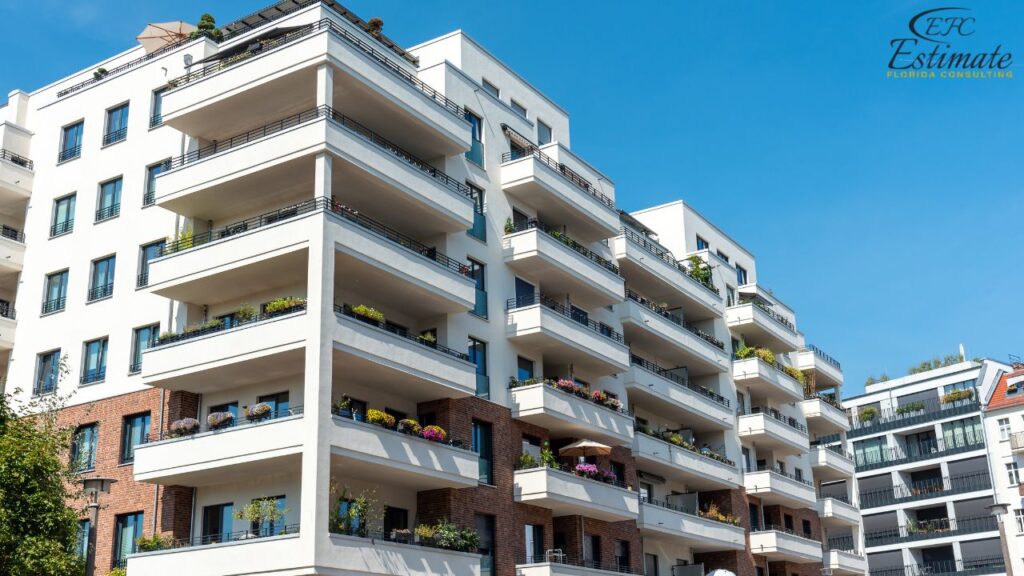
Modern farmhouse condos boast a charming exterior with white board and batten siding, offering 2 to 4 units arranged vertically or horizontally. These units may feature porches or balconies, combining contemporary design with rustic appeal. Ideal for those who appreciate the aesthetic of rural living without sacrificing modern conveniences, modern farmhouse condos offer a harmonious blend of style and functionality.
Victorian Condo
Victorian condos are typically converted from large, historic Victorian homes into two separate units. Retaining the original architectural features, such as ornate detailing and cozy interiors, these condos exude old-world charm and character. Residents enjoy the nostalgia of living in a historic property while benefiting from the convenience of modern amenities and maintenance services.
Craftsman Condo
Craftsman condos, often found in detached or condex formats, embody the timeless elegance of Craftsman-style architecture. While homeowners enjoy the privacy of individual ownership, exterior modifications require approval from the condo association. This style appeals to those who appreciate the craftsmanship and attention to detail synonymous with Craftsman homes.
Colonial Condo
Colonial-style condos retain the classic facade of single-family colonial homes but are divided into multiple units. Each owner shares responsibility for exterior maintenance, contributing to a shared fund managed by the condo association. This style offers a blend of traditional charm and communal living, making it ideal for those seeking a sense of community within a historic setting.
Modern Condominium
Modern condos offer sleek, contemporary living spaces often found in urban settings. Whether located in high-rise buildings or repurposed industrial structures, these condos feature open floor plans and shared amenities, catering to a dynamic urban lifestyle. Condo fees cover communal area maintenance and amenities, ensuring a hassle-free living experience for residents. These condos appeal to urban dwellers looking for modern, amenity-rich living spaces in vibrant city centers.
Monthly Expenses of Owning a Condo
When opting for condo ownership over a traditional single-family home, you’ll typically cover your monthly mortgage, property taxes, and a recurring condo fee paid to the condo association. This fee is intended to fund the maintenance and upkeep of the building and its common areas. The amount can vary significantly based on factors such as location, size of the building, number of units, and available amenities. While smaller condo buildings might charge around $55 monthly, upscale high-rises could command fees exceeding $770.
Beyond construction, owning a condo involves ongoing expenses like insurance. In Florida, HO-6 policies average $1,130-$2,570/year, with flood insurance adding $520-$1,560 in high-risk areas. To get a precise estimate for your condo, use our Condo Insurance Cost Estimator to factor in location, building type, and coverage needs, helping you budget effectively.
90% More Chances to Win Condo Bids with
Our Estimate!
Advantages and Disadvantages of Condo Living
Living in a condo comes with its share of advantages and disadvantages. Condos offer an opportunity for homeownership and equity building without the burden of property maintenance. However, condo owners have limited control over their individual units and are subject to the rules and regulations set forth by the condo association. Contributions toward shared maintenance costs mean that owners indirectly contribute to repairs and upkeep throughout the building, even for areas outside their unit.
Condo living appeals to a diverse range of individuals, including seniors seeking a low-maintenance lifestyle, first-time homebuyers looking for affordable housing options, and frequent travelers in need of hassle-free property management. Nonetheless, condos may experience slower appreciation rates compared to single-family homes, and their resale value can be impacted by factors such as market conditions and neighborhood dynamics.
Condos vs. Townhouses
Condominiums and townhouses share similarities but differ in ownership structure and maintenance responsibilities. Townhouses typically consist of attached units owned by individual occupants, often with an association managing shared amenities and spaces. Owners are generally responsible for both interior and exterior maintenance of their units. Conversely, condo ownership entails owning only the individual unit, with the building’s exterior and common areas maintained by the condo association. While condo owners pay monthly fees for these services, townhouse owners usually bear higher personal maintenance costs.
Townhouses are usually priced per unit, whereas condos are priced per building, making direct cost comparisons challenging. However, condo buildings generally incur higher construction costs per square foot compared to individual townhouses. On average, townhouses cost approximately $121 to $149 per square foot to build, while condo buildings range from $198 to $440 per square foot. Despite potentially higher monthly fees, condos offer reduced personal maintenance burdens, appealing to those seeking a hassle-free lifestyle. Townhouses, on the other hand, provide more autonomy but may require greater personal investment in upkeep.
Conclusion
The cost of building a condo varies based on factors such as location, size, amenities, and architectural style. Condominiums offer a blend of individual ownership and shared amenities, providing a middle ground between single-family homes and larger residential buildings. With the growing demand for affordable housing, condos have become an attractive option, offering both purchase and maintenance affordability compared to traditional homes.
Construction costs for condos range from $123,200 to $247,500 per unit, with average national costs falling between $1.65 and $4.95 million for the entire building. Different styles of condo buildings, such as detached, low-rise, mid-rise, and high-rise, come with varying construction costs and architectural features, catering to diverse preferences and lifestyles.
Monthly expenses of owning a condo include mortgage payments, property taxes, and condo association fees, which vary significantly depending on factors such as location and building amenities. While condo living offers convenience and shared maintenance responsibilities, it may involve slower appreciation rates compared to single-family homes.
Ultimately, whether you choose a condo or townhouse depends on your lifestyle preferences, budget, and desired level of autonomy in maintenance responsibilities. Both options provide unique advantages and disadvantages, catering to a wide range of homeowners’ needs and preferences.
FAQs
The cost of building a condo varies based on factors such as location, size, amenities, and architectural style. On average, construction costs range from $123,200 to $247,500 per unit, with national averages falling between $1.65 and $4.95 million for the entire building.
The average construction costs vary for different types of condo buildings. For example, detached condos typically range from $123,200 to $247,500 per unit, while high-rise condos with over 200 units can cost between $27.1 and $82.5 million to build.
Monthly expenses for condo ownership include mortgage payments, property taxes, and condo association fees, which vary depending on location and building amenities. While condos offer shared maintenance responsibilities, they may have slower appreciation rates compared to single-family homes.
Several factors influence condo construction costs, including location, size, amenities, and architectural design. Urban areas typically command higher prices compared to suburban locales, and luxury amenities can increase construction costs.
Condo construction costs are typically broken down into various categories, including floor finish, interior features, windows and doors, foundation, electrical, plumbing, and more. Each category represents a percentage of the total project cost, contributing to the overall construction expenses.
Luxury condos cost $440-$660 per square foot, depending on location and amenities. For a detailed analysis, see our Luxury Condo Cost Estimation and Luxury Condo Construction in Miami for Miami-specific insights.
Comprehensive Trade-Specific Estimates
At Estimate Florida Consulting, we offer detailed cost estimates across all major trades, ensuring no part of your project is overlooked. From the foundation to the finishing touches, our trade-specific estimates provide you with a complete and accurate breakdown of costs for any type of construction project.
Our Simple Process to Get Your Estimate
Upload Plans
Submit your project plans, blueprints, or relevant documents through our online form or via email.
Receive Quotation
We’ll review your project details and send you a quote based on your scope and requirements.
Confirmation
Confirm the details and finalize any adjustments to ensure the estimate meets your project needs.
Get Estimate
Receive your detailed, trade-specific estimate within 1-2 business days, ready for your project execution.



Our Clients & Partners
We pride ourselves on building strong, lasting relationships with our clients and partners across the construction industry.
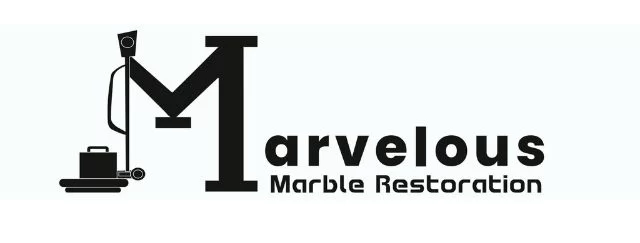


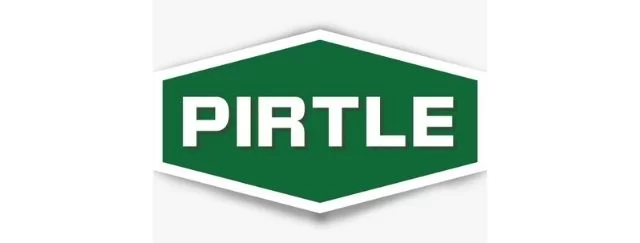

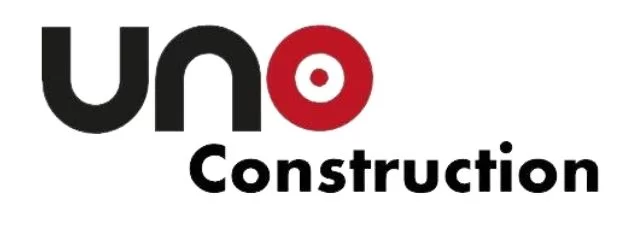





What Our Clients Say?
We take pride in delivering accurate, timely, and reliable estimates that help contractors and builders win more projects. Our clients consistently praise our attention to detail, fast turnaround times, and the positive impact our estimates have on their businesses.
Estimate Florida Consulting has helped us win more bids with their fast and accurate estimates. We trust them for every project!


